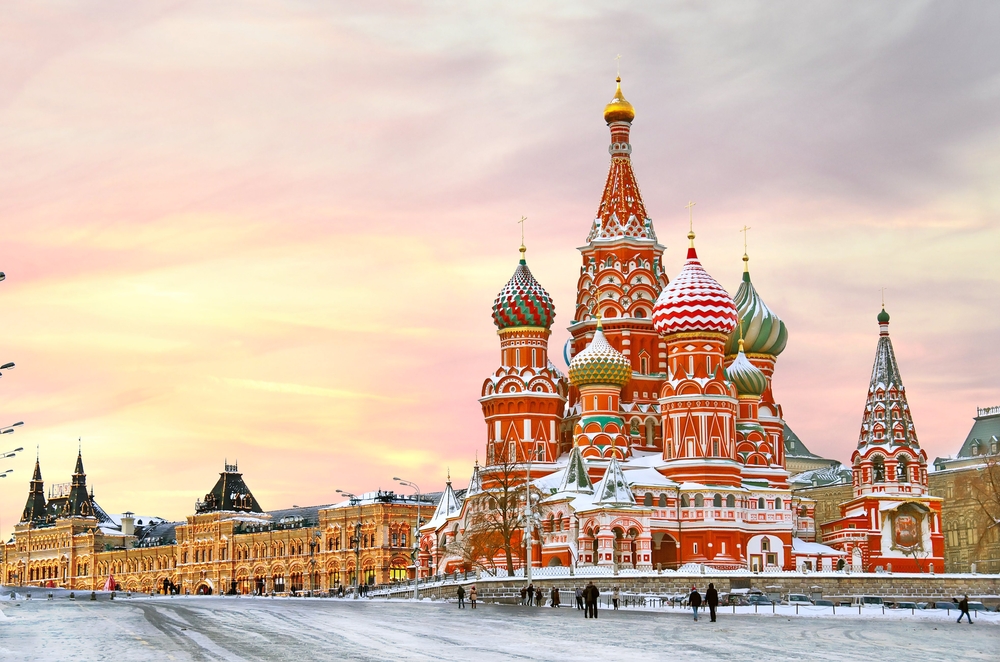Experienced Investor
Bank of Russia takes action to halt plunging rouble

The Bank of Russia has taken steps to halt the collapse of the rouble, as the currency continues to hit new record lows against the US dollar and the euro on falling oil prices.
On Monday, the central bank sold $700m in foreign exchange for the first time since floating its currency, which fell over 6 per cent in one day earlier in the week.
The Russian central bank floated the currency on 10 November in an attempt to avoid burning through billions in foreign reserves to support the currency.
Russia’s international reserves had already fallen to $420bn last week, down from $510bn in January.
Its currency suffered some of its worst falls since Russia’s 1998 financial crisis, as a result of plummeting oil prices.
The rouble is currently trading at 52.88 roubles per US dollar, falling from 32.86 on 1 January. This year to date, it has shed over 35 per cent.
The currency has been reacting to the falls in oil prices, which underpin the oil-producing economy and have been dropping steadily this year.
Last year, more than half of Russia’s budget revenues came from oil and gas extraction, so falling oil prices are a huge strain on the economy.
The price of Brent had fallen over 30 per cent since June by the end of November, and plunged another 8 per cent towards the $70 per barrel mark, after the Organisation of the Petroleum Exporting Countries (OPEC) decided not to cut production on 26 November.
The Russian economy has struggled this year with the pressures of falling oil prices coupled with sanctions imposed on some of its largest companies.
However, year to date the country’s Micex index is still in positive territory, up 11 per cent at 1,600.
Anna Fedorova reports for Investment Week